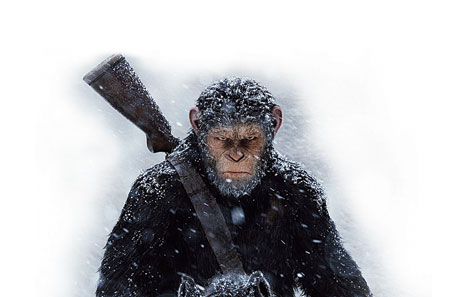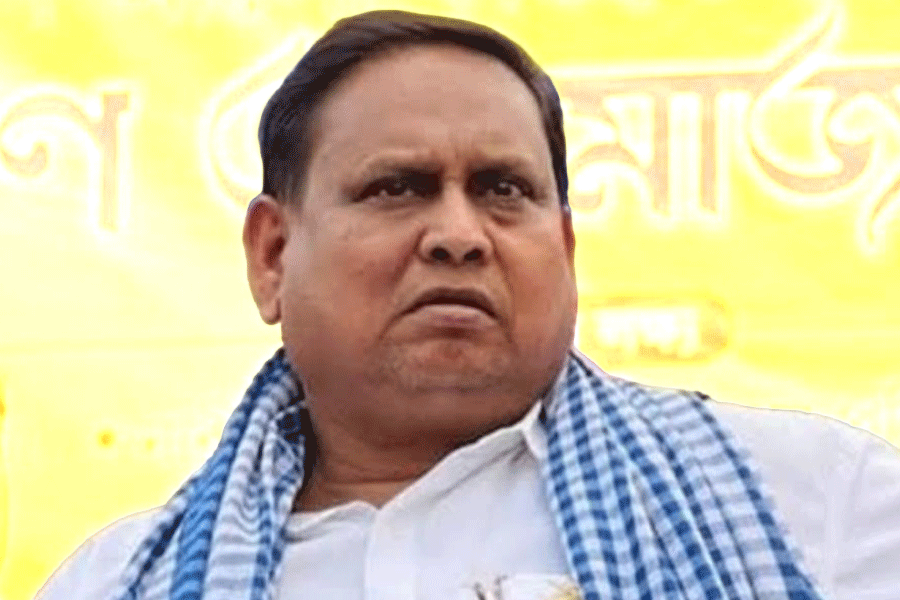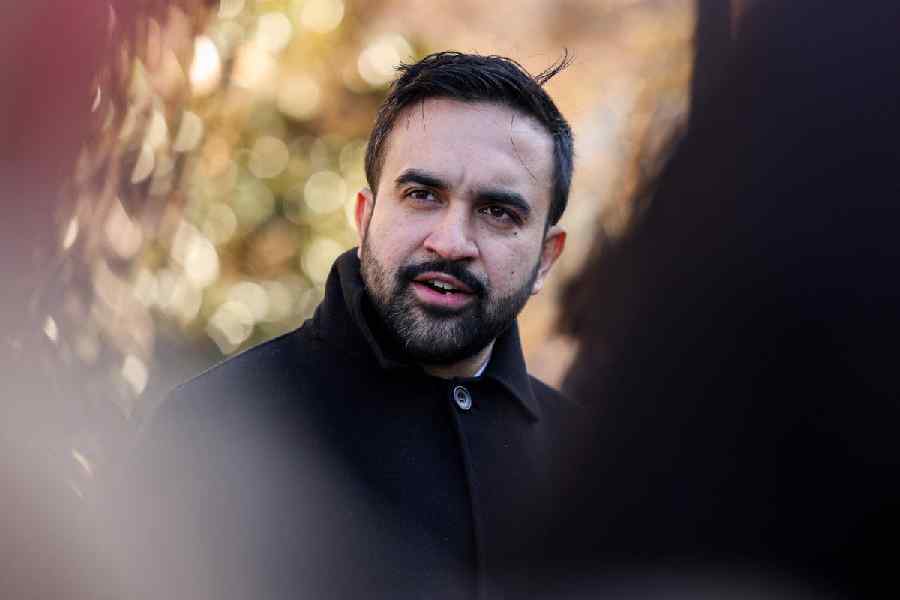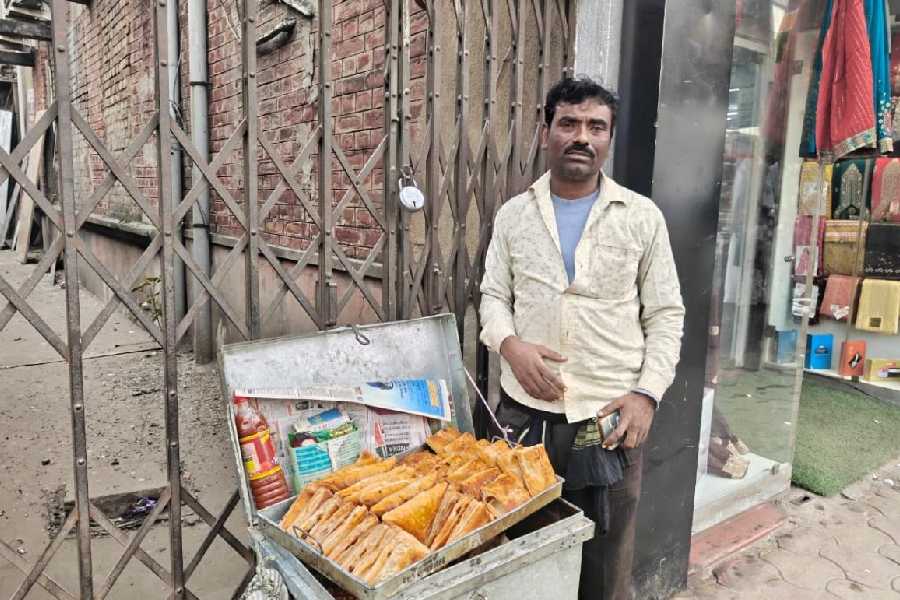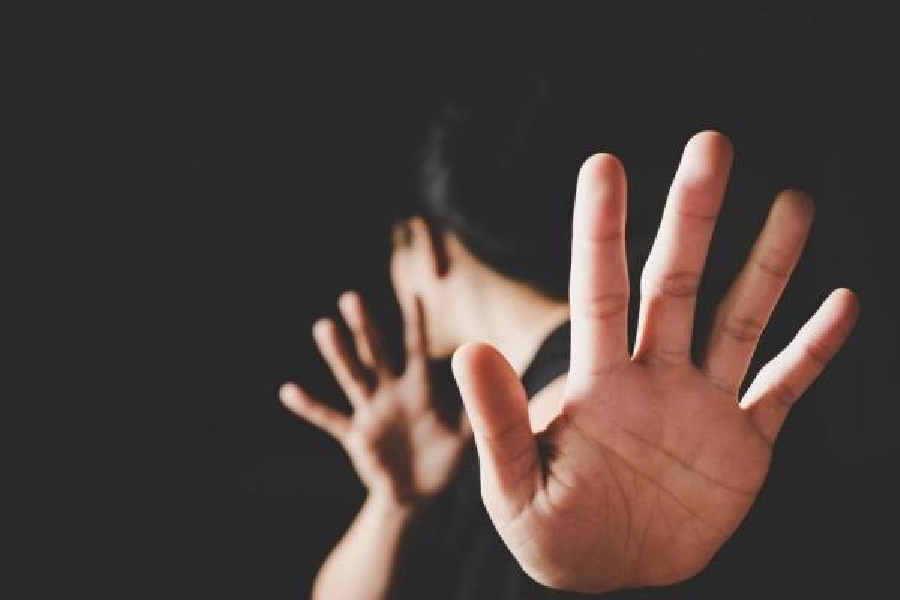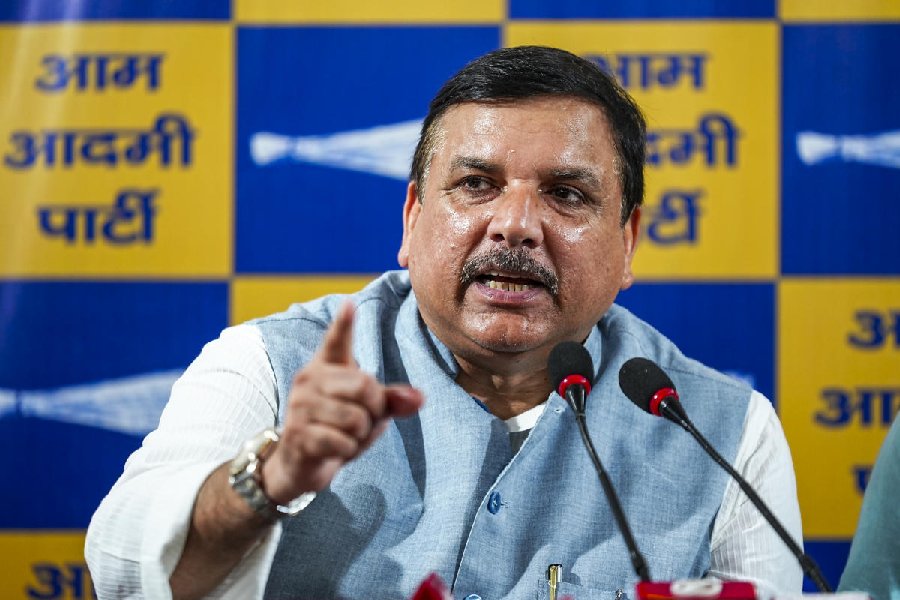
With a CV boasting Holly biggies, indie films and even shorts, cinematographer Michael Seresin has carved a unique place for himself in the world of films. With the 2017 film War for the Planet of the Apes premiering on Indian TV today (1pm and 9pm on STAR Movies), t2 caught up with the New Zealand-based Seresin for an email chat.
What was different about filming War for the Planet of the Apes and the previous film Dawn of the Planet of the Apes?
In this film, the balance probably was 60-65 per cent apes and 35 actors, whereas the previous film was about 50-50, but dramatically, it’s (War for the Planet of the Apes) a much darker film.
What were the challenges of filming War for the Planet of the Apes?
Films of this scale have a lot of real filming, tangible physical filming, and trying to imagine what the computer-generated image equivalent will be. Maybe 20 per cent filming is what we see and the rest is trying to imagine it. The physical sets that we had, especially the prison camp, was huge. It was on two acres of land but within the confines of the mountain range it was tiny.
I had to keep reminding myself what was outside of that would be generated by computer images and would be much bigger. Probably that was the biggest challenge.
We recreate moonlight with huge lights and then I have to make sure that the angle of the light giving the moonlight is the same as if the moon was doing it and sometimes the height of the mountain meant that the moon would be at 40 degrees and my light would be at 20 degrees, so I would have to push it up higher so that there would be a digital moonlight and the real moonlight. The scale to match the physical filming and then when it has to fit into the digital images is a challenge.
How would you define your style?
My nickname in the film world is ‘Prince of Darkness’ because I gravitate towards the dark side of films. I am not interested in shooting a bright comedy which looks like it takes place in a supermarket. If I really like the script maybe, but I prefer the shadows, because when the audience doesn’t see everything, it feeds their imagination. I think we all have wonderful imaginations and we should use them more. My working style is quiet, dark and very naturalistic.
What was the experience of shooting Harry Potter and the Prisoner of Azkaban? Are you a Potterhead?
I had not read anything until I got the script. I wasn’t going to do the film until a very good friend of my father’s, a very eminent doctor in New Zealand who I was visiting at that time, insisted that I must do it and how the books are amazing. I thought it was just for kids, but once I got the script, we stimulated it via discussions and what we could do with the film.
It’s about magic and imagination and we made that film very dark as compared to the earlier and the later ones. A lot of people told me that it was the most cinematic of all the other Harry Potter films.
What’s the key difference in shooting a big film like Harry Potter or the Apes films as compared to an intimate indie film or do the principles more or less remain the same?
I think so. I read a script very quickly to get the story and then I read it slowly to see what my contribution’s going to be. I am a hired hand like everybody is. It’s a visceral thing, you look at it and you love it, and then the research starts. I like research, looking at other photographs of the movies, paintings, maybe walking round with that in my head, so the principles of a smaller or a Potter film that I have done remain the same. The principles remain the same, especially in the area of darkness, feeding an audiences imagination for me is really important, because a lot of the stuff is dumbed down, attention span is very short.
You are shooting Mowgli that’s set to release next year. What’s been the best thing about shooting that film?
The little Indian boy (Rohan Chand) who plays Mowgli, was 11 years old, and by law we can’t work long hours with him. And this is his first movie so you had to be sensitive. We only had four-five hours of the day for filming, so you had to be pretty organised to make sure when he was ready we were ready. That probably, in realistic terms, was the toughest thing.
Otherwise, it was quite a straightforward film. I knew Andy Serkis (the film’s director who also voices Baloo) well from the Apes movies. He is a really nice person. We shot all the location work in Africa. To be honest, I don’t know why we didn’t shoot in India, but Durban has a huge Indian population. In terms of the people, the food, all the lovely Indian actors who were there, it was so nice.
You are as much a connoisseur of wine as you are a brilliant cinematographer. How do you make the two worlds meet?
The film world can really eat your life up; it’s a part of what I have been doing for the last 25 years and the reason I am now in New Zealand is that I have a vineyard here. We grow grapes and make wine and like to have an alternative to the film world. Otherwise you just become a machine... you wake up dead one day.


